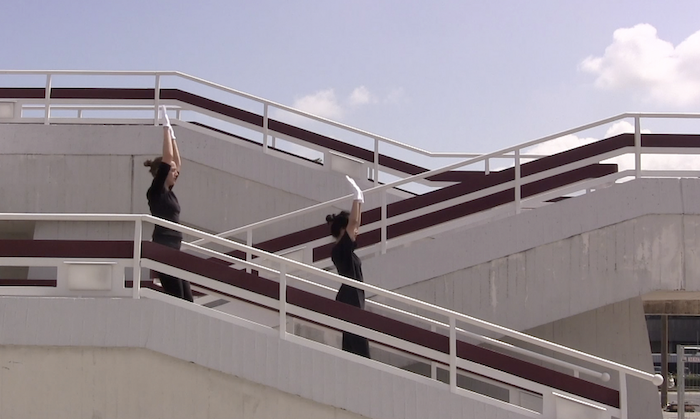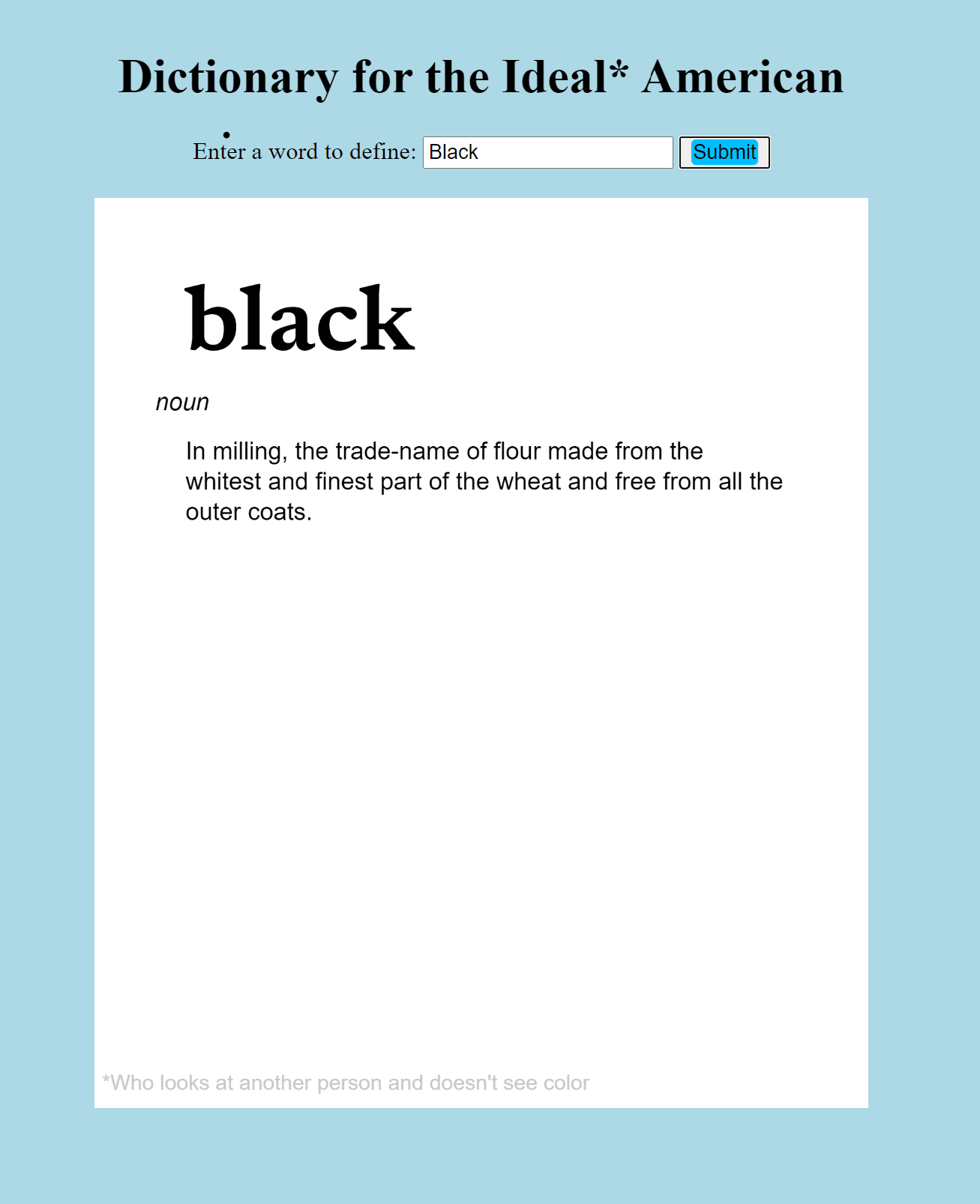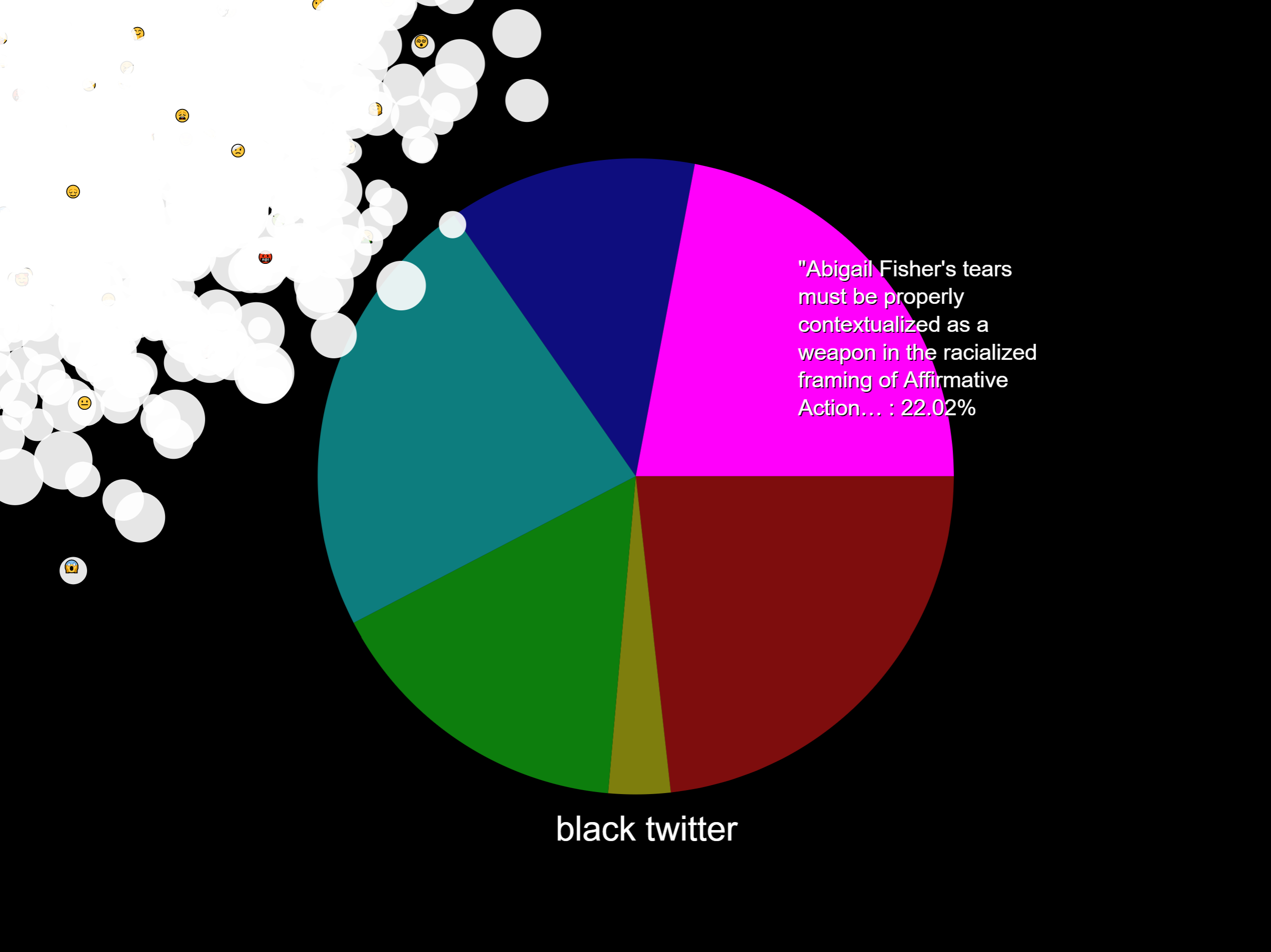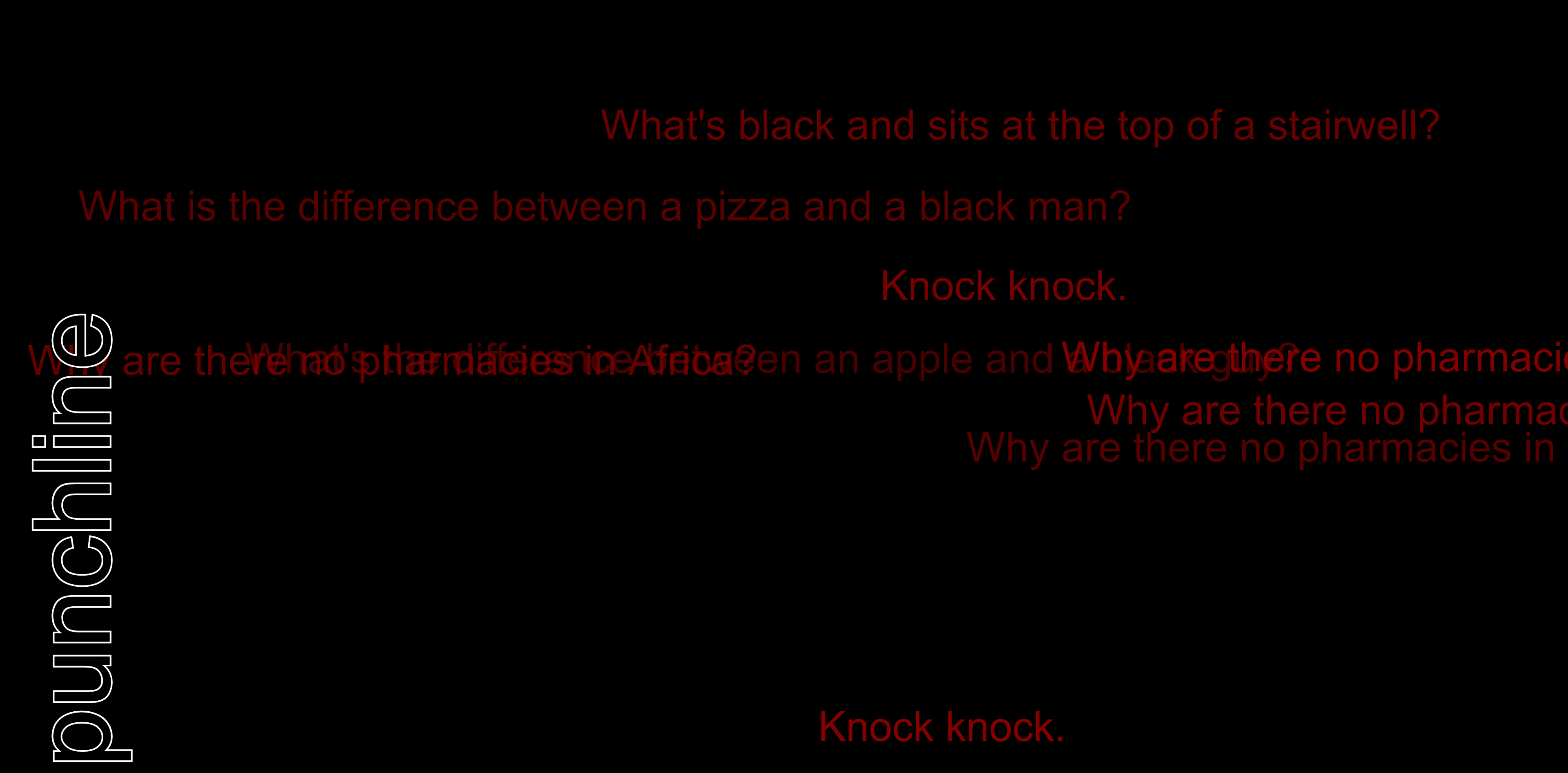
Welcome to Our new portfolio
;; re(context) ;;
;; re(context) ;; is a series of interactive texts (a digital chapbook) first created through a digital fellowship with Laboratory Spokane. Each piece investigates the fluidity of language—how, like water, language fills its container. And how we, as the keepers of language, cannot help but contextualize it through our physical experiences, even despite the ostensibly disembodied act of being online.
1. Re-Binary
This piece translates a word you enter in the “universal” language of binary. Binary can be represented by anything that has two states—we commonly imagine it as 1 and 0 but it can be anything and its opposite. Here I use “yes” and “no,” which creates a kind of dialogue that any person from any culture can understand
2. Fool’s Dictionary AKA Dictionary for the Ideal American
This multimedia/new media piece is based on the common American expression used by Americans who intend to say that they are not racist: “I don’t see color!” This dictionary takes any word you try to enter into it and tries to give you the definition of its antonym, its opposite. In the case that this isn’t possible, it gives you a random result, often resulting in absurd/lyric moments of surprise or delight(?)
3. A Simulation of Black Twitter
At the center of this new media piece, a pie chart is populated with the popular topics of the day concerning the subculture of "Black Twitter." These topics change dynamically since they are taken live from Twitter. Over a short amount of time, however, whatever conversations that are displayed from this community are overtaken by outsider talk bubbles that swoop in and over the pie chart, appropriating the conversation and making the original impossible to read. The user can swipe them away for a time, but they will ultimately grow and fill the screen.
4.Punchline
This multimedia piece draws from an API database of racist jokes—when a user interacts with the piece, a “setup” appears, moving sporadically about the canvas until it settles and “dries.” However, these racist jokes are always absent their punchline, foregrounding how menacing these questions are when they are not allowed the laughter that lets the joke teller off the hook. This piece works both as a timed “video” or can be interacted with. Every time the user clicks (taps the screen, “knocks”) a joke will appear.








